Spatial
Grayson Croucher 3 Moving Mountains
-
Tauira / Student
Grayson Croucher -
Kaiako / Lecturer
Dorita Hannah
-
School
University of Auckland
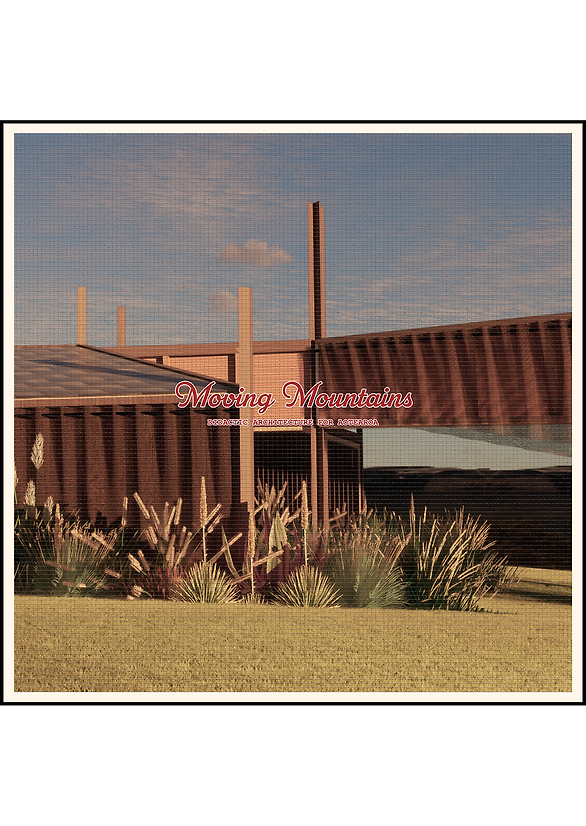
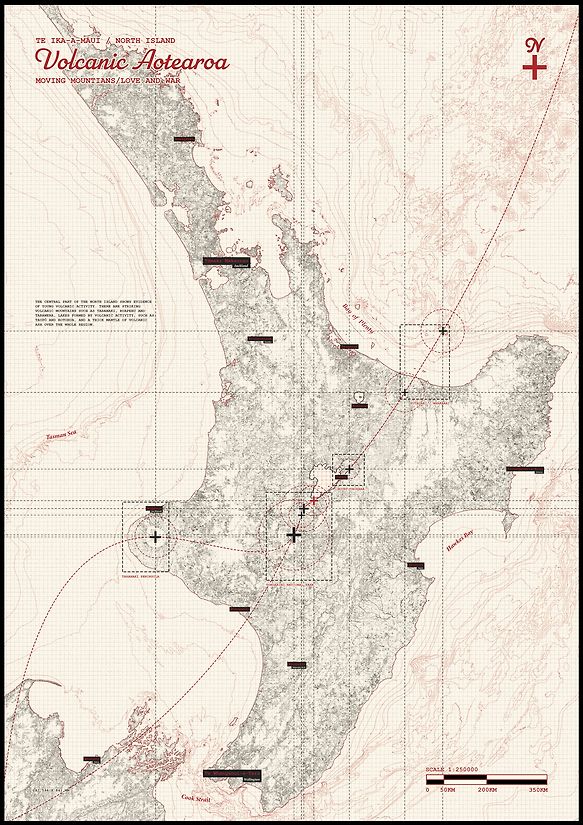
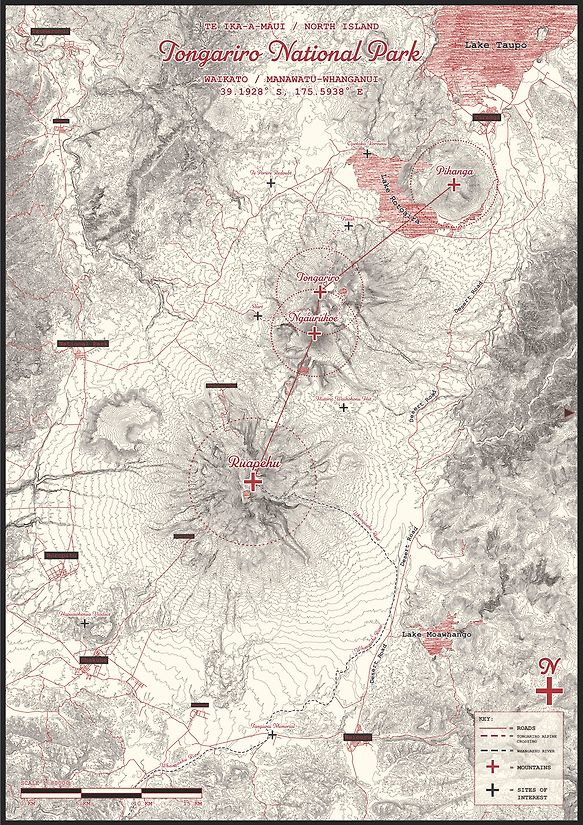
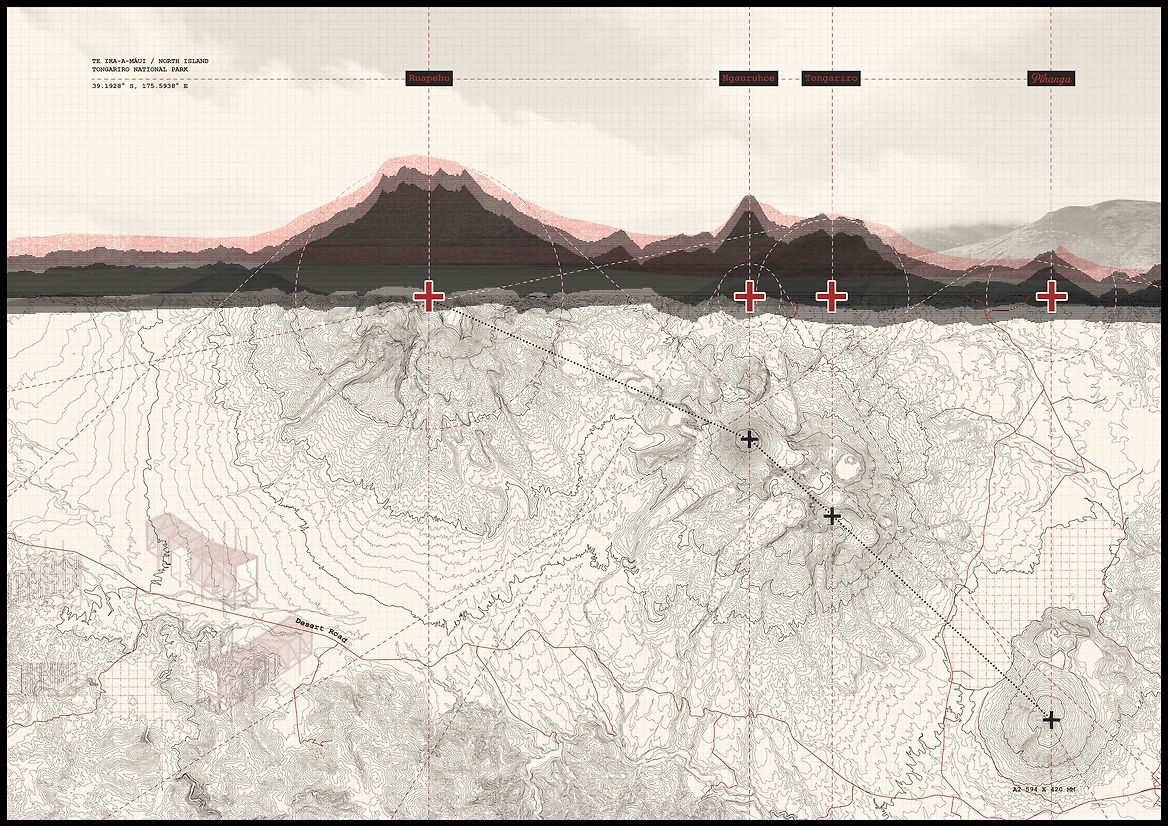
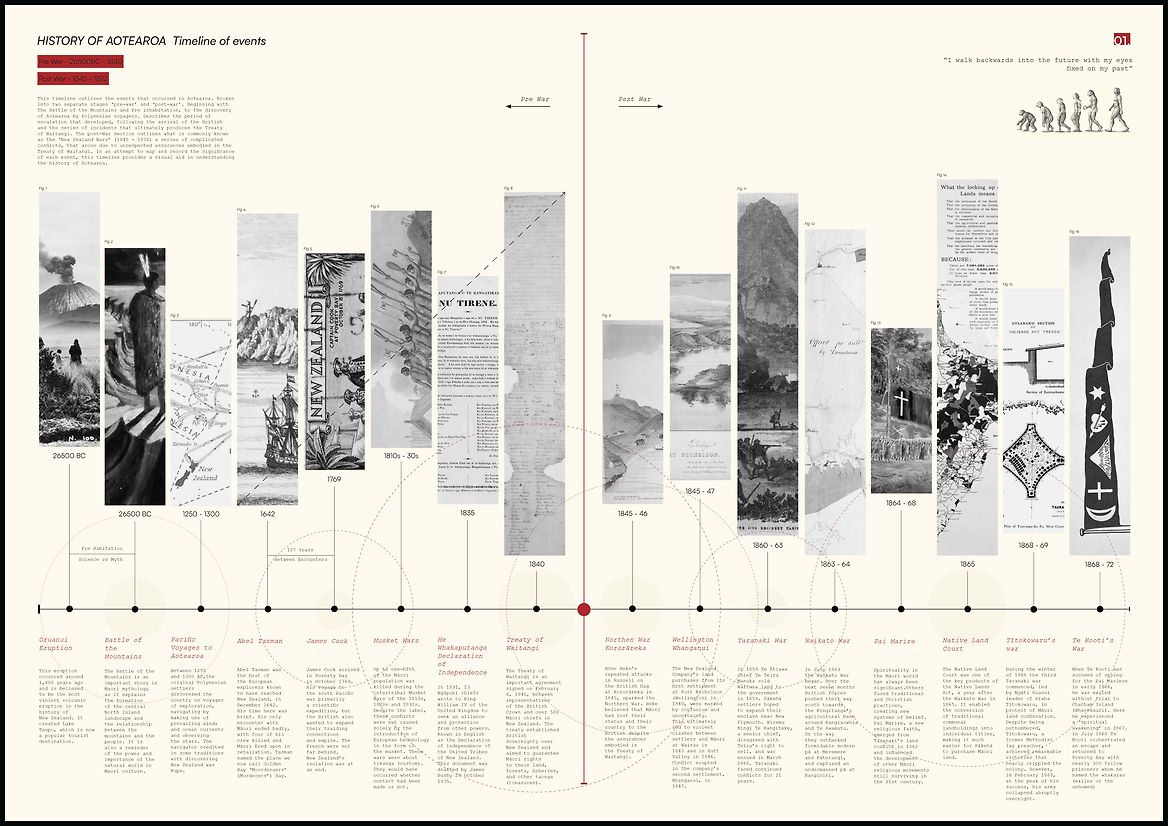
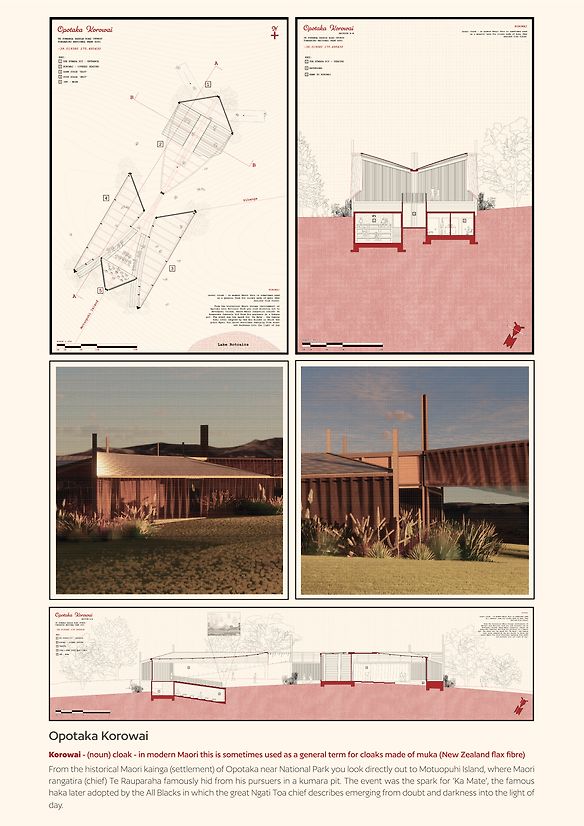

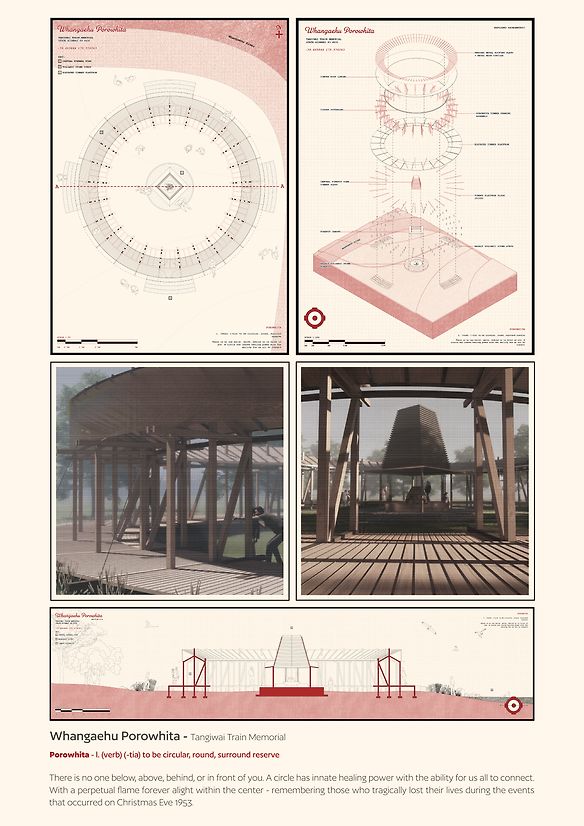
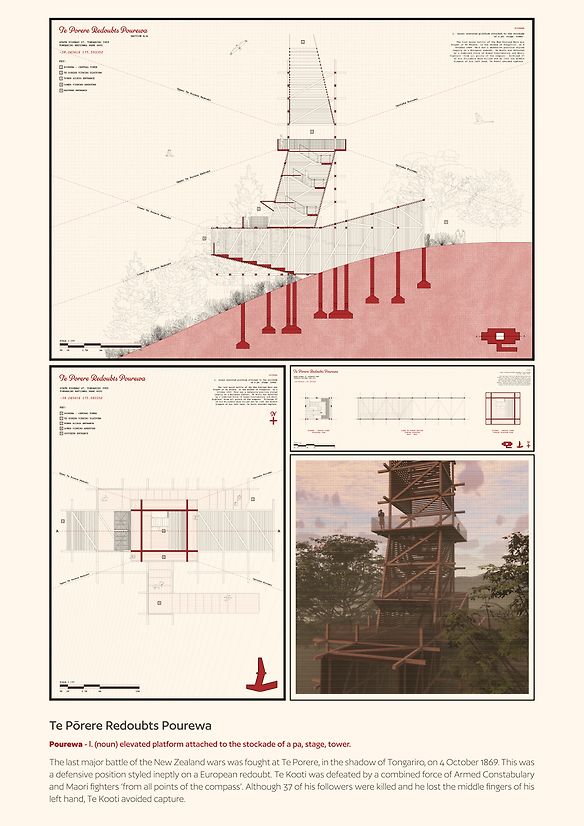
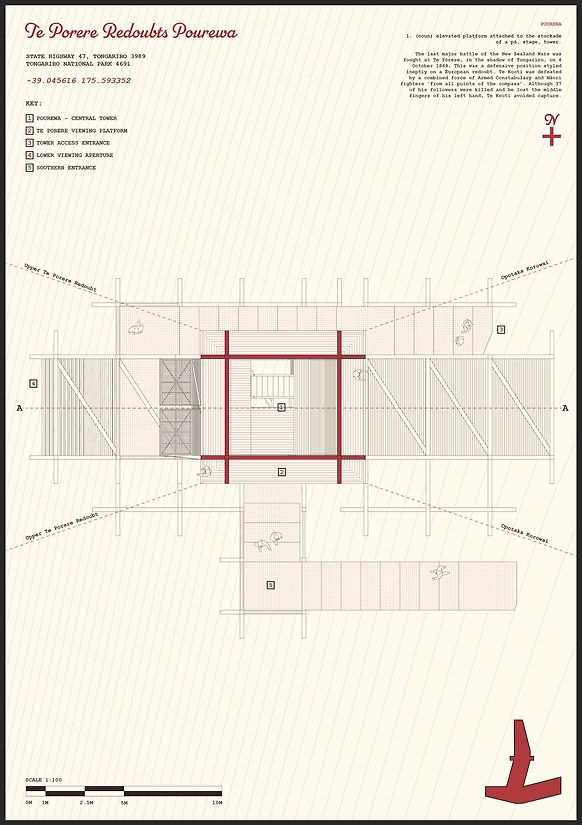
Description:
The term "didactic" refers to something that is intended to teach or instruct. In the context of architecture, didactic design involves creating spaces, structures, or interventions that have an educational purpose. These architectural interventions aim to communicate specific messages, convey information, or provoke learning experiences for the users or visitors. Didactic architecture often incorporates interactive elements, storytelling techniques, and visual representations to engage and educate people about a particular subject or topic. The goal is to facilitate passive or active learning within the architectural environment, encouraging visitors to gain knowledge and understanding through their spatial experience.
The Legend of the Mountains pertains to the well-known Māori mythology story regarding land creation. Thought to be derived from the Oruanui volcanic event that created Lake Taupō. Occurring approximately 26,500 years ago, the tale speaks of eight warrior Mountains, all of which were fighting for the love of Pihanga. A romanticised love story that highlights the tension in the land and the destructive nature of the event at hand.
Fast forward to Aotearoa in the early 1800s, and this vast and unforgiving landscape became increasingly treacherous; this was due to the beginning of the New Zealand Land Wars. Spanning from 1843 to 1881, these wars were a series of isolated events that transpired after the signing in 1840 of the Treaty of Waitangi. Ultimately taken advantage of, deceived and manipulated over the years; Māori fought back. The British Colonisation of Aotearoa created further tension, both physically and emotionally on the land and the people of the land, whom of which are profoundly sentimental and spiritualistic.
The Indigenous Māori's perspective on time and space creates a chilling recollection of these events, so recent in terms of general history. As the saying goes, 'I walk backwards into the future with my eyes fixed on my past'. A frighting prospect, never to be forgotten, the past present and future are viewed to be intertwined.
Expanding the notion of a traditional museum and spreading it out over the landscape, interventions, and 'exhibitions' scattered across the land for 'all' to see. The aim is to create a collection of architectural interventions that provide insight into our cultural heritage, both pre-colonisation and post - highlighting the tension and disagreement, the acts of gifting and preservation - The events in time that shaped us as a nation. These architectural interventions can act as exhibitions in themselves, revealing different aspects of New Zealand's cultural heritage. By strategically locating them in significant sites and integrating them with the surrounding environment, they become part of the land's narrative and encourage exploration and discovery.
Creating places of memorial, places of appreciation, places of congregation, places of decolonisation. The great public architecture of New Zealand is refined to our most populous cities; how is this so when our main touristic feature is our wonderful landscape? Many of our stories and mythologies occur outside of our cities. This immense and merciless terrain that people come from afar to witness deserves to be appropriately activated.
Judge's comments:
Very well researched project touching on Maori culture with respect, acknowledging the cultural landscape and creating an immersive, educational experience that transcends traditional museum boundaries, embracing architectural interventions that artfully communicate New Zealand's cultural heritage and its significance in shaping the nation's identity.